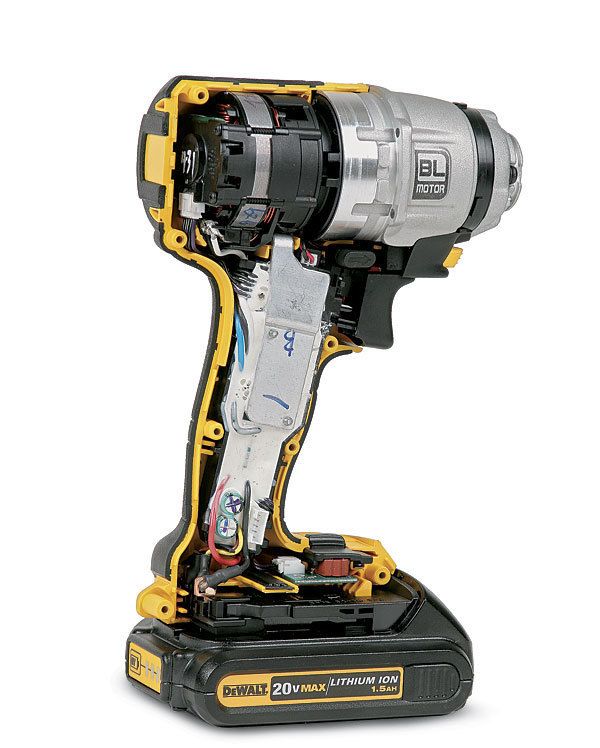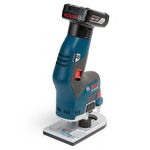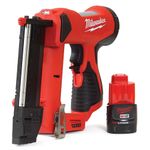Brushless Motors
New motor technology is spurring other changes to power tools
Synopsis: While working with Eric Constans on his test of brushless impact drivers in this issue, Mark Schofield talked to a lot of engineers at various power-tool companies about brushless motors in power tools. He learned that the introduction of brushless motors is connected to two other changes in tool technology. Lithium-ion batteries are also evolving, as are the electronics that govern the trigger, motor, and battery.
Electric motors have to be one of the most reliable machines ever made. A few years ago, I picked up an old metal jigsaw at a tag sale. The owner apologized that it hadn’t been used since her husband had passed away 30 years earlier. I plugged it in and away it went, just like new. so why would anyone want to replace this tried-and-tested motor with one that’s more complicated and costs more to make? In a word, efficiency.
In his test of impact drivers (see pp. 42–45), Eric Constans compared nearly identical brushed and brushless models to see if the brushless type deserved the marketing hype. he found that brushless drills do indeed run longer than brushed-motor drills on a single battery charge (but the difference isn’t quite as big as advertised).
While working with Constans on his article, I talked to a lot of engineers at various power-tool companies and realized that the introduction of brushless motors is connected to two other changes in tool technology. lithiumion batteries are also evolving, as are the electronics that govern the trigger, motor, and battery.
Electric motors are simple
One reason electric motors are so reliable is that they are pretty simple. The force behind all electric motors—both brushed and brushless—is the attraction between two sets of magnets. In a normal brushed motor, fixed magnets surround spinning electromagnets. The electromagnets receive power by means of carbon brushes that rub against a segmented cylinder called a commutator. Carbon, in the form of graphite, is used because it conducts electricity well, yet slides easily over the commutator. however, graphite is relatively soft so the brushes wear out over time and need to be replaced.
Other drawbacks of brushes are the drag they create and the sparking caused as they cross from one segment of the commutator to another. Both reduce the efficiency of the motor.
How brushless is different
In a brushless motor, the positions of the magnets are reversed, with fixed electromagnets surrounding conventional magnets. Because the electromagnets don’t move, the power can be supplied directly without the use of brushes. There is no friction or arcing, so the motor is more efficient.
From Fine Woodworking #230
For the full article, download the PDF below:
Fine Woodworking Recommended Products

Bosch 12V Trim Router

Milwaukee M12 23-Gauge Cordless Pin Nailer

Fein Turbo II HEPA Wet/Dry Dust Extractor























Log in or create an account to post a comment.
Sign up Log in